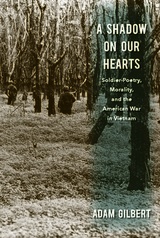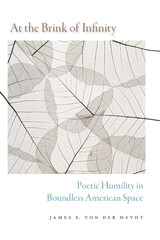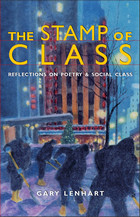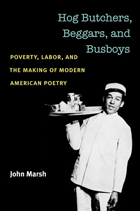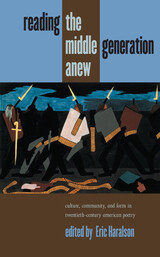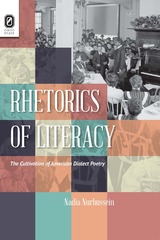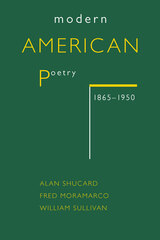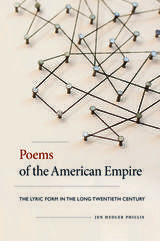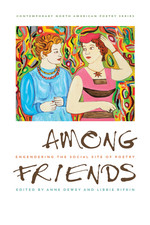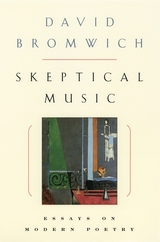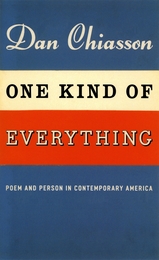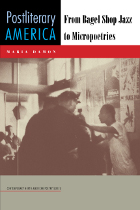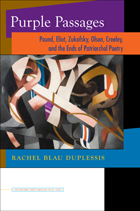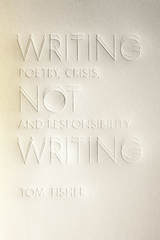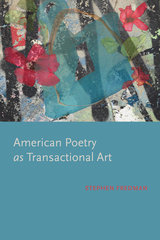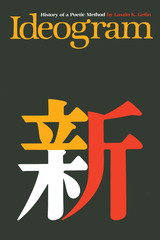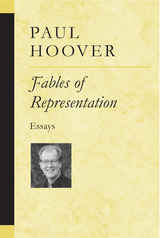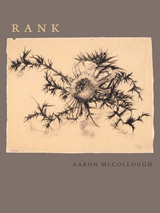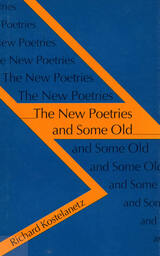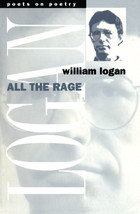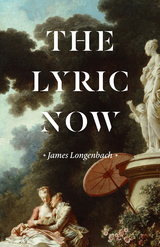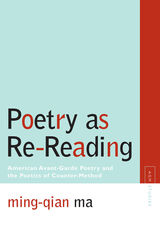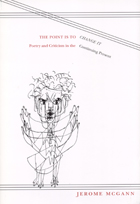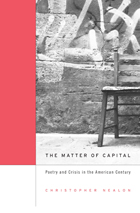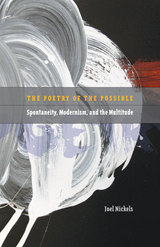Postliterary America: From Bagel Shop Jazz to Micropoetries
University of Iowa Press, 2011
Paper: 978-1-58729-957-5
Library of Congress Classification PS323.5.D26 2011
Dewey Decimal Classification 813.54093529
Paper: 978-1-58729-957-5
Library of Congress Classification PS323.5.D26 2011
Dewey Decimal Classification 813.54093529
ABOUT THIS BOOK | AUTHOR BIOGRAPHY | REVIEWS | TOC | REQUEST ACCESSIBLE FILE
ABOUT THIS BOOK
In this capacious and challenging book, Maria Damon surveys the poetry and culture of the United States in two distinct but inextricably linked periods. In part 1, “Identity K/not/e/s,” she considers the America of the 1950s and early 1960s, when contentious and troubled alliances took shape between different marginalized communities and their respective but overlapping bohemias—Jews, African Americans, the Beats, and gays and lesbians. Using a rich trove of texts and artifacts—ranging from Gertrude Stein’s writings about her own Jewishness to transcripts from Lenny Bruce’s obscenity trial, Bob Kaufman’s Beat poetry—as well as her own stake in the material, Damon plumbs the complexities of social identity and expressive cultures to fascinating effect.
Always erudite but never effete, Damon then turns to more contemporary issues and broader topics of poetics: micropoetries, cyberpoetics, spoken-word poets, performance poets, and their communities. Echoing many of the themes of the first section of the book, including poetic identity and the troubled nature of the poetic “I,” part 2’s “Poetics for a Postliterary America” goes on to paint a wider picture, dwelling less on close readings of individual poems and more on asking questions about the nature of poetry itself and its role in community formation and individual survival. Discussions of counterperformance, kinetics, the Nuyoricans, Latino identity, and electronic poetics enliven this section.
Never reluctant to acknowledge the deeply personal origins of the work at hand, Damon cleaves to the subject matter, be it questions of identity, matters of poetry, or what it means to live in a postliterary culture. In doing so, she dares to ask what it means to be a member of the “shadow people”—those who occupy marginalized, nocturnal counterculture—creating verbal art.
See other books on: American poetry | Damon, Maria | Experimental poetry, American | Identity (Psychology) in literature | Minority authors
See other titles from University of Iowa Press


